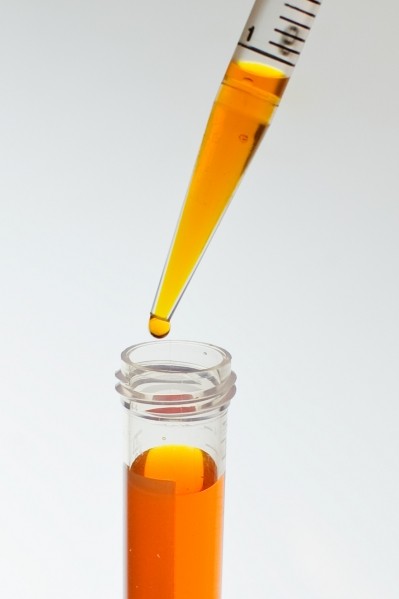ICH Draft Guidance Aims to Help Stamp Out Drug Impurities

The guideline focuses on DNA reactive substances that have a potential to directly cause damage when present at low levels leading to mutations and potentially causing cancer. This type of mutagenic carcinogen is usually detected in a bacterial reverse mutation (mutagenicity) assay, the ICH (International Conference on Harmonisation) says.
A classification system is referenced in the guideline and ranges from Class 1 impurities, or “known mutagenic carcinogens,” to Class 5 impurities, which do not have “structural alerts, or alerting structure with sufficient data to demonstrate lack of mutagenicity.”
But the difficulty seems to stem from the Class 2 and 3 impurities, which involve known mutagens with unknown carcinogenic potential, and an alerting structure but no mutagenicity data. In these cases the ICH recommends drugmakers analyse these impurities at or below acceptable limits or through a bacterial mutagenicity assay.
The guideline bases acceptable intakes for mutagenic impurities on already established risk assessment strategies, noting that in the early development phases they should be set at theoretically calculated levels of about one additional cancer per million. And for later stages and marketed products when efficacy has been shown, cancer risk increases should not exceed one in 100,000.
A TTC-based (Threshold of Toxicological Concern-based) acceptable intake of a mutagenic impurity of 1.5 µg per person per day is considered to be associated with a negligible risk, the ICH notes.
The guideline is not intended to be applied to products marketed before the guideline is adopted, but it also notes that “some types of post-approval changes warrant a reassessment of safety relative to mutagenic impurities.”
The ICH M7 guideline also recommends assessments for the potential of impurities to include the initial use of (Q)SAR tools to predict bacterial mutagenicity. In cases where the amount of the impurity exceeds 1 mg daily dose for chronic administration, evaluation of genotoxic potential as recommended in ICH Q3A/B could be considered, the international agency says.
The guideline was approved by the ICH steering committee on Feb. 6 and the regulatory authorities of the three ICH regions -- the EU, Japan and the US -- will now open it up for public consultation.











